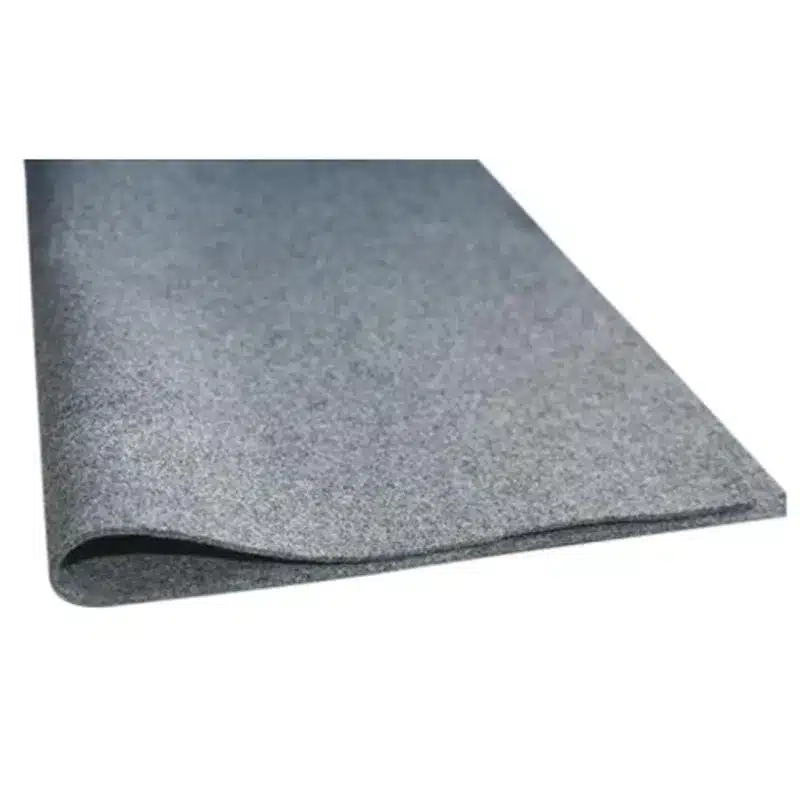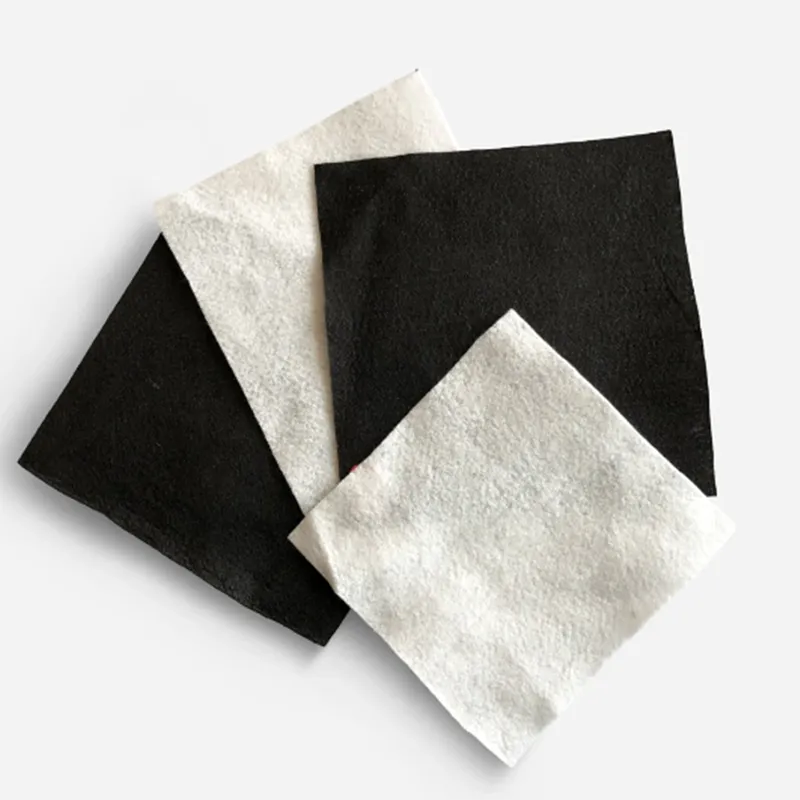+86-159 9860 6917
info@geofantex.com
geofantex@gmail.com
+86-400-8266163-44899
Retaining walls is a fundamental aspect of landscaping and civil engineering, helping to manage soil and prevent erosion. An essential component often overlooked is the filter fabric, which plays a critical role in enhancing the durability and functionality of these structures. This article explores the different types of filter fabric used in retaining walls, their purposes, and practical tips on effectively utilizing them.
What fabric is used for retaining walls?
Filter fabric, also known as geotextile, is commonly used to construct retaining walls. This fabric is made from synthetic materials like polyester or polypropylene, which are both durable and porous. The primary types of geotextiles for retaining walls include non-woven geotextile fabric and woven fabrics. Non-woven geotextile fabric is especially preferred for drainage and filtration purposes due to its excellent permeability—allowing water to pass through while effectively trapping soil particles. Woven fabrics, on the other hand, are chosen for their superior strength and soil stabilization capabilities.

What is the purpose of filter fabric?
The main purpose of filter fabric in retaining walls is to prevent the mixing of backfill material (usually gravel or sand) with the underlying soil. This separation maintains proper drainage and reduces the pressure exerted on the wall, which can lead to structural failures like bulging or cracking. Moreover, filter fabric acts as a filtration layer, designed to allow water to flow through while filtering out substances like sediment, silt, and dirt. This capability prevents soil erosion, which is crucial for the longevity and effectiveness of the wall.
Can geotextile be used in retaining walls?
Absolutely. Geotextile is a type of filter fabric specifically designed for soil stabilization and erosion control, making it ideal for use in retaining walls. It not only enhances soil strength and durability by distributing loads evenly but also preserves moisture balance and reduces wear and tear from environmental elements. Steep artificial slopes and geotextile/geogrid reinforcement slopes are commonly used in conjunction with retaining walls as they offer additional stabilization. By incorporating geotextile into the design of a retaining wall, engineers ensure that the wall performs optimally for a longer period.
How to use geo fabric for retaining walls?
Using geotextile fabric in a retaining wall involves a few key steps:
- Prepare the Site: Clear the area where the retaining wall will be built, ensuring it is free from debris and vegetation.
- Lay the Geotextile Fabric: Roll out the geotextile fabric along the area where the retaining wall will be constructed. The fabric should cover the entire area and extend beyond the edges of the planned wall.
- Secure the Fabric: Anchor the fabric in place with stakes or by placing the first row of retaining wall blocks directly onto the fabric to hold it down.
- Line the Inside of the Wall: Line the inside of the wall with geotextile, making sure it wraps underneath and around the drainage aggregate area, separating it from the soil. This ensures that the drainage function is maintained and soil does not mix with the aggregate.
- Build the Wall: As you stack the blocks or other materials to build the retaining wall, ensure the fabric is kept tight and free from wrinkles or folds.
- Backfill with Proper Material: Fill the space behind the wall with a suitable backfill material, such as gravel or coarse sand, to ensure proper drainage.
Filter fabric is an indispensable component in the construction of retaining walls, offering essential benefits such as enhanced durability, improved drainage, and effective soil separation. Understanding the types of fabric available and their specific uses can greatly impact the longevity and functionality of retaining walls. By following best practices for installation, homeowners and builders alike can ensure their retaining walls are structurally sound and lasting.



Get Free Sample
We’ll respond as soon as possible(within 12 hours)






















